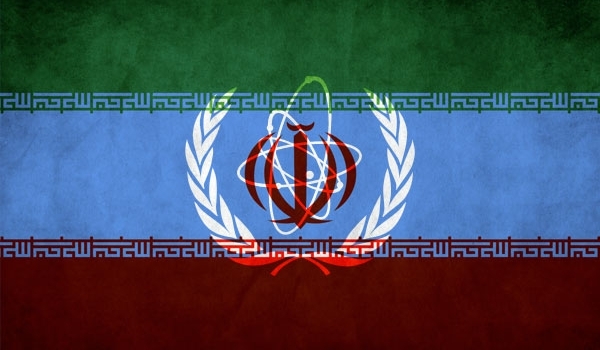 As�Iran and the five permanent members of the UN Security Council plus Germany (P5+1) remain engaged in intense discussions�on a political framework for a�final nuclear deal, much�has been written and argued about crucial aspects of the�negotiations, such as the extent of uranium enrichment, the future of the Arak heavy water reactor and Fordow, the duration of a final deal and the pace of sanctions relief.
As�Iran and the five permanent members of the UN Security Council plus Germany (P5+1) remain engaged in intense discussions�on a political framework for a�final nuclear deal, much�has been written and argued about crucial aspects of the�negotiations, such as the extent of uranium enrichment, the future of the Arak heavy water reactor and Fordow, the duration of a final deal and the pace of sanctions relief.However, less attention has been paid to the one key component that underlies all of the aforementioned: verification.
Any agreement will be dependent on a mutually agreed level of International Atomic Energy Agency (IAEA) supervision. Conversely, the first victim of a breakdown in negotiations is likely to be the latter.
To get an idea of the level of IAEA supervision in Iran, it's helpful to adopt a comparative approach. Each nuclear dossier is, of course, different, and Iran�s is perhaps the most contested. Nevertheless, putting the IAEA�s presence in Iran within the context of the agency�s work with other�Nuclear Non-Proliferation Treaty�signatories puts things in perspective.
Read more here










